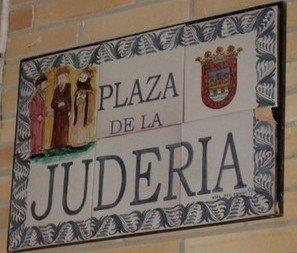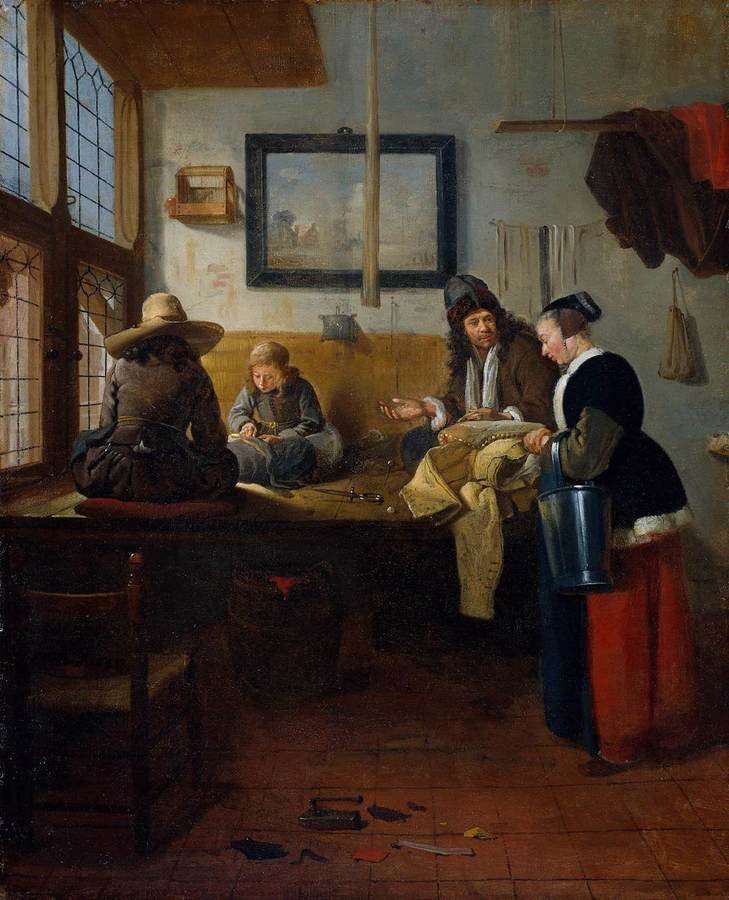Medieval Europe
11th to 14th Century
Unit 3
Economy
Revival in Trade
Society
People moved to cities
Nobility lost power
Monarchs gained power
a time of growth and change
High Middle Ages
Culture
Built Cathedrals
First Universities
12th and 13th Century
Improvements in
Agricultural Tools and Techniques
Revival
of Trade
Changes in Social structure
and
this led to
European cities grew and became
more properous in 12th Century
WHY?????
Improvements Agricultural Techniques

More food
= more people
Better methods - Three Year Rotation

Better tools = more production, less work
= more production, less work

Roman plough - 10th Century
Mouldboard/Heavy plough
- 12th Century
Which was more efficient??????
Better Tools
Did the work for 40 people


Windmills and Watermills
More efficient irrigation and new crops
Improvements in Agriculture
Better tools and techniques = More food
Less famine = healthier population
More food = Less famine
Healthier population = Less deaths, more births
Population grew from 42 million to 73 million in 300 hundred years
Trade and Banking
TRADE ROUTES
Increase in Trade
so
Why????
More people
and
less work on the fief
people left fiefs
moved to cities
to work
demand for products = more artisans
Important Trade Routes

Mediterranean route
Joined
SPANISH and ITALIAN cities
to
ISLAMIC and BYZANTINE ports

Atlantic and Baltic route
Joined
PORTUGUESE and CANTABRIAN
with
FLEMISH, GERMAN and RUSSIAN ports
Important Trade Routes
What was traded?
From the West to East
-
wool/leather
-
grains(wheat,oats)/salt/wine
-
wood
-
weapons/iron
From the East to West
-
spices/perfume
-
honey
-
porcelain
-
cotton/cloth/furs/silk
-
rugs
-
dyes

Merchants met at TRADE FAIRS to sell and buy products
HANSEATIC LEAGUE controlled
the BALTIC ROUTE
Creation of Banking
Gave credit
and
Bills of exchange
Made buying and selling easier
Cities were located
near the coast

Bruges, Low Countries
on an
important river
or

Genoa, Italy
Medieval Cities
Old cities expanded and
new cities were started
Medieval cities
WHY??
-
growth in population, less work in countryside
-
a better better life because people could work and move freely
-
Merchants wanted the protection of the walled cities
The growth of cities ...
King /
Pope
Clergy / Nobility
Rich artisans, merchants
and bankers
Merchants, craftsmen,
shopkeepers,
house servants and students
Peasants (no work) begged or stole
New classes that appeared during the 12th Century
Bourgeoisie
New social structure
Urban Society
Christians - majority
Who lived in the cities
Muslims -usually craftsmen
only found in Iberian Peninsula
lived in separately outside
city walls.
Jews - usually merchants, bankers
lived in together in separate parts of cities called 'ghettoes'
In Spain lived in JUDERIAS


City charters
Cities centre for
RELIGIOUS, POLITICAL and ECONOMIC activity
Kings gave cities a
CHARTER or FUEROS
-
self-government (freedom from feudal lords)
- rights
- privileges

Surrounded by high walls
Medieval Cities



Gate/door
closed at night
Walls the protected the city


CITY HALL
COVERED MARKET
CATHEDRALS


Narrow streets, crowded, dirty and unhealthy
Market square - farmers and merchants sold products
and festivals / executions
Cities were
dirty, crowded
and unsafe.

ARTISANS
and
GUILDS




Different craftsmen
Ironsmith
Dyer
Hatmaker
Goldsmith
The role of a Craftsmen
made OBJECTS from
METAL WOOD CERAMIC
LEATHER COTTON
Became important
because
society changed from
tools
weapons
furniture
bowls, cups
a self-sufficient society (rural)
a commercial society (urban)
to
clothes
shoes
How to become a CRAFTSMAN
1) AN APPRENTICE
Young teenaged boy learned the trade
Didn't earn wages

Lived and worked
in a Master Craftsman's
Workshop

next

2) JOURNEYMAN
Skilled artisan worked for master craftsmen
Recieved wages
Could move from workshop to workshop
MASTER CRAFTSMAN
How to become a
Journeyman
completed and presented
a MASTERPIECE
to the
GUILD
GUILD
decided and named him
MASTER CRAFTSMAN

Master craftsman
owned
the workshop
and
lived there
and
his goods
were sold there
MASTER CRAFTSMEN
owned
the workshop, tools and raw materials
where
lived and worked
In the workshop
apprentices lived / learned
and
journeymen worked
Let´s watch the video
and answer these questions...
What was a guild?
What benefits did craftsman have
when they belonged to a guild?
http://www.youtube.com/watch?v=vnQlHeee9Dw&feature=share&list=PL924AC0143DD06D38&index=38
An association or group of artisans.
All artisans had to belong to a guild to practise a trade
- wages earned
- how many hours artisans worked
- working conditions
- prices of goods and raw materials
Controlled
What was a guild?
- Limited competition
- Provided loans
- Trained new trade members
- Helped families whose father had died
Benefits
12th Century Renaissance
Architecture / Art

Explosion of public buildings
Cathedral, churches, market place
and city hall
Architecture / Art
Palaces decorated
built by weathly nobles and merchants


12th Century Renaissance
Paintings and sculptures
were commissioned by private people
12th Century Renaissance
Education
Cathedral schools
controlled by the bishop
Municipal schools
to educate weathly people living
in cities
First universities
were built to teach
Liberal Arts, Medicine, Law
and Theology
https://www.topuniversities.com/blog/10-oldest-universities-world



Rise of the Monarchy
Economic
Political
Collected more taxes from cities
Created private armies
Less dependence on nobility
Restored Roman laws
Educated court officials helped the king govern
Created a Parliment that only represented richest people and clergy
City charters

Gave cities charters/fueros
= privileges and autonomy
In exchange for
economic support = taxes
Rise of the Monarch
Late Middle Ages
Agriculture
Economic - Social Tensions
bad weather, lost crops
unfertile soil
famine
Peasants forced to fight in wars
rebelled
City dwellers forced to pay high taxes
rioted
Time of Crisis
1350-1400's
Demographic
Black Plague
killed 1/3 of the population
Black Death 1347 - 1351
What were the symptoms of the Black Plague?
Explain where it came from and why it killed so many people
How many people died?